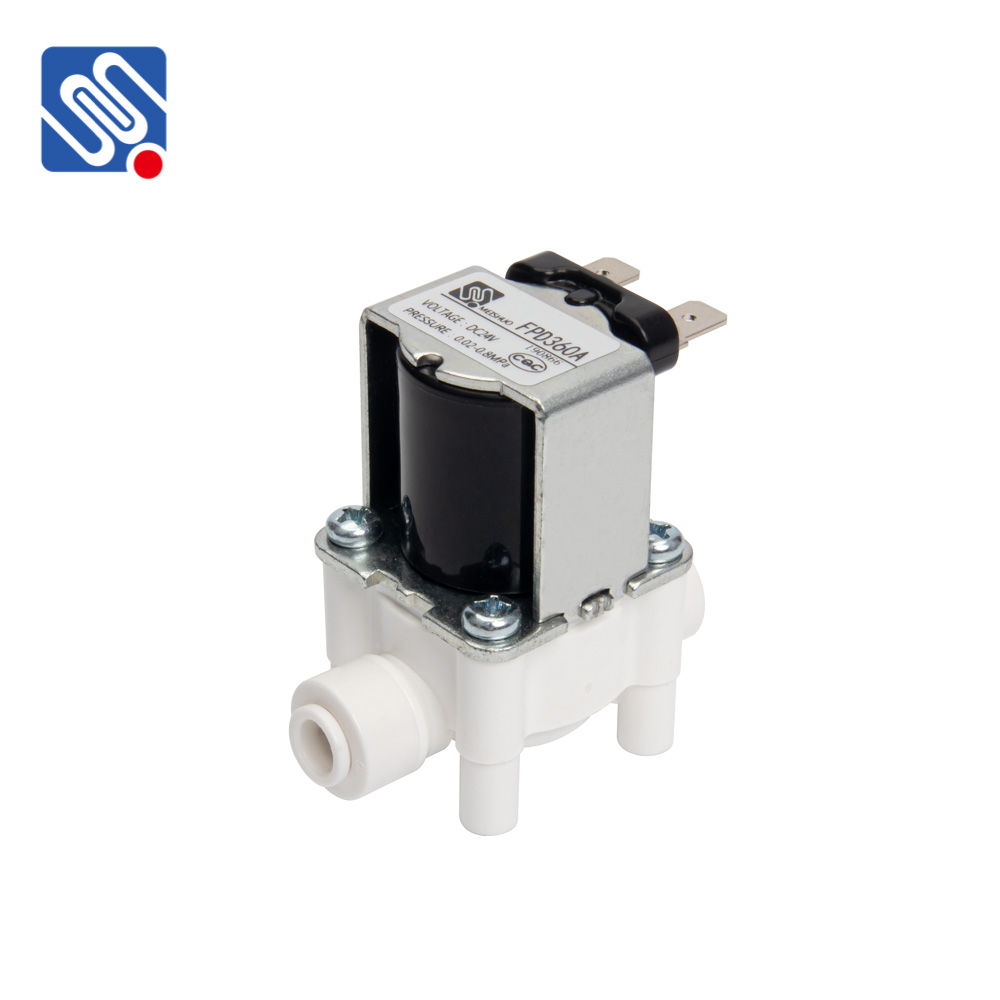the role and advantages of pp solenoid valve in fluid control systems
Release time:2025-07-22 05:56:26
PP Solenoid Valves, or Polypropylene Solenoid Valves, have gained immense popularity in fluid control applications, particularly in industries where the flow of corrosive substances needs to be precisely regulated. These valves are crucial for systems where conventional valves made from metals or less resistant materials would quickly degrade. This article explores the construction, features, applications, and advantages of PP Solenoid Valves, emphasizing why they are a preferred choice in various industries.

Construction and Working Principle of PP Solenoid Valve
A PP Solenoid Valve is an electromechanical device that uses an electric current to operate a solenoid, which in turn controls the flow of fluid through the valve. The term "PP" refers to Polypropylene, a plastic material known for its exceptional resistance to corrosion and chemical damage. This makes it ideal for use in environments where fluids such as acids, bases, and various corrosive liquids need to be controlled.
The valve consists of a solenoid coil, a plunger, a valve body made of polypropylene, and various seals and springs. When an electric current is applied to the solenoid coil, it generates a magnetic field that pulls or pushes the plunger, causing the valve to either open or close. This process enables the precise control of fluid flow within a system, making PP Solenoid Valves highly reliable and efficient.

